To Strike & To Fashion!
Holmag.INC
The strike at SAG-AFTRA has recently come to an end. Workers across various departments and functions had been participating in the strike to demand better wages, improved working conditions, and increased job security. The strike lasted for several weeks, during which time both the employees and the management engaged in negotiations to address the workers’ concerns.
Key issues discussed during the negotiations included a fair and equitable salary structure, better healthcare benefits, and the implementation of safety measures to ensure the well-being of the workers. Both the labor union representatives and the company management worked tirelessly to find common ground and reach a mutually beneficial agreement.
After many rounds of discussions and deliberations, a settlement was finally reached. The agreement includes a salary increase for all employees, improved safety protocols, and a commitment to creating a more inclusive and supportive work environment. The strike has not only resulted in tangible improvements but has also highlighted the importance of communication and collaboration between the workers and the management.
Overall, the strike at SAG-AFTRA was a significant event that brought attention to the grievances of the employees, leading to positive changes within the company. It serves as a reminder that the collective voice of workers can bring about meaningful transformations in the workplace.
HOW WAS FASHION AFFECTED?
The SAG-AFTRA strike is having a mixed impact on the fashion industry. While it is causing some challenges, it is also creating opportunities for new and innovative ways to promote fashion.
Here are some specific examples of how the strike is affecting fashion:
- Some fashion brands are hosting their own red carpet events: This allows them to showcase their latest collections without having to rely on celebrities. For example, the luxury brand Chanel hosted a private event for its Cruise 2024 collection in Paris last month.
- Fashion brands are partnering with emerging talent: For example, the fashion brand Dior has partnered with the actress Anya Taylor-Joy to launch a new campaign for its fragrance Miss Dior.
- Fashion brands are focusing on sustainability: For example, the fashion brand Stella McCartney has launched a new collection made from recycled polyester.
- Increased focus on emerging talent: With fewer celebrities available to endorse brands, fashion houses may be more likely to focus on emerging talent. This could lead to new and exciting partnerships and campaigns.
- Greater opportunity for diversity: Fashion brands may also be more likely to cast models and actors from diverse backgrounds, as they are looking for new ways to reach consumers.
- Increased focus on sustainability: Some fashion brands may use the strike as an opportunity to focus on more sustainable practices. For example, they may focus on using recycled materials or sourcing products from ethical suppliers.
Negative impacts
- Reduced red carpet exposure: Actors are prohibited from attending red carpet events, which are a major promotional opportunity for fashion brands. This means that brands will have fewer opportunities to showcase their latest collections to a high-profile audience.
- Less celebrity endorsement: Actors are also prohibited from endorsing fashion brands. This will likely lead to a decrease in the number of celebrity-endorsed campaigns that brands launch.
- Impact on stylists and makeup artists: Many stylists and makeup artists rely on red carpet events to generate income. The strike has led to a decrease in the number of red carpet events, which has had a negative impact on these workers.
It is still too early to say what the long-term impact of the strike will be on the fashion industry. However, it is clear that the strike is forcing the industry to rethink its traditional ways of doing business. This could lead to a more diverse, sustainable, and innovative fashion industry in the future.







Recent Comments